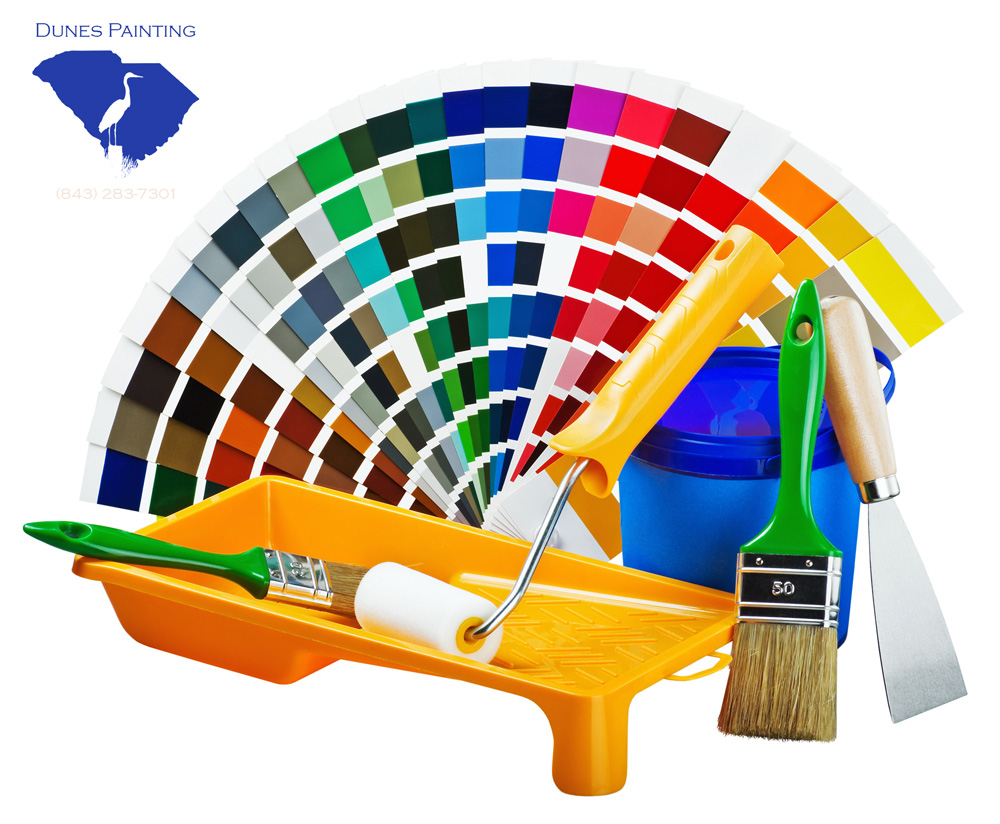[vc_row][vc_column][vc_column_text]Cutting-in, occasionally called trimming in, is a procedure for painting alongside trim, mouldings or adjoining surfaces normally in preparation of using a roller to fill in the big regions of wall surface with a brush. Quality and the neatness of the cutting-in can make or break the appearances of a painting job. Through the years many gadgets are devised to make this procedure easier. Occasionally tape can be used to hide over surfaces to protect them. 99% of painting jobs don’t need the gadgets or the hours spent masking surfaces away with tape. A fantastic, almost perfect job of cutting-in can be done with some practice, just a high quality brush, patience and these suggestions and techniques.?
The aim would be to create a clean, neat transition from kind of paint or one colour to another. These transitions happen where two walls come together when using several colours, or where the moulding and the wall or ceiling meet. A transition that is twisted, sloppy detracts from an otherwise attractive paint job.
Disadvantages of Masking Tape
- Tape has its drawbacks, although due to lack of expertise it’s tempting to hide everything with tape.
- Paint seep or can bleed causing irregular, jagged lines.
- n increase of prices. Low-tack tape is not cheap.
NOTE: Masking tape is the tool to use for some ornamental faux painting techniques like sponging or ragging.
The paint brush used to cut in is the secret to generating great outcomes. The priciest paint on the planet cannot be made when applied with an unhealthy quality paint brush to appear great. The finest paint brush for cutting-in is a moderate size superior paint brush. It’s not wide enough to easily manage after a small practice. The brush should function as greatest. Some brands that are trustworthy are Sherwin-Williams and Purdy, Wooster, Corona Brush. Within these brands get the brush that is best accessible. For advice and more suggestions about brushes observe “Tools”. An angle sash paint brush will paint a sharper edge out. Hold the paint brush much like the way pencil or a pen is held. A superior paint brush will last an extended time.
The Paint
Any paint can be applied. It should stream from the brush readily as the brush is pulled across the surface. Thinning the paint is generally needed to reach a consistency for cutting that was great -in. Thinning the paint doesn’t damage the paint, simply tend not to over get it done.
The Technique
Cutting-in is seeing and mindful work helps. Some colours is not going to cover with one layer. Cutting-in and rolling another layer is occasionally nearly as quickly as currently attempting to make one layer cover. Two layers will always seem better.
Use masking tape limited to places that are inaccessible. The space to get into with a hand will not be provided by some corners.
These have broad openings to make dipping the brush more easy and less cluttered.
Use a “dip and touch” technique for loading the paint brush. Here’s how. This technique removes the surplus to assist in preventing dripping as the brush is drawn far from the work pot and loads the brush. It takes some practice but functions perfectly. Too much paint is removed by the standard approach to dipping the brush and then raking it away on the sides of the pail. Attempt the “dip and touch” approach instead.
A great “how to” video:
When approaching the wall with a paint brush that is jam-packed begin painting an inch or so far from the border. Subsequently paint up to the border with longer strokes. In other words tend not to get a brush that is fully loaded up to the border. Paint up to the border as the paint flows from the brush.
If cutting-in next to a ceiling that is textured a straighter border may be wanted. Use a little slot screwdriver point that is stiff to scrape away a narrow trail from your feel in the corner. Subsequently cut in up to the border.
Cutting-in does take training. A great cut in occupation significantly enhances the appearance of a room that is painted. A specialist appearance is potential, only use these tricks combined with patience and some practice.
[/vc_column_text][/vc_column][/vc_row]



